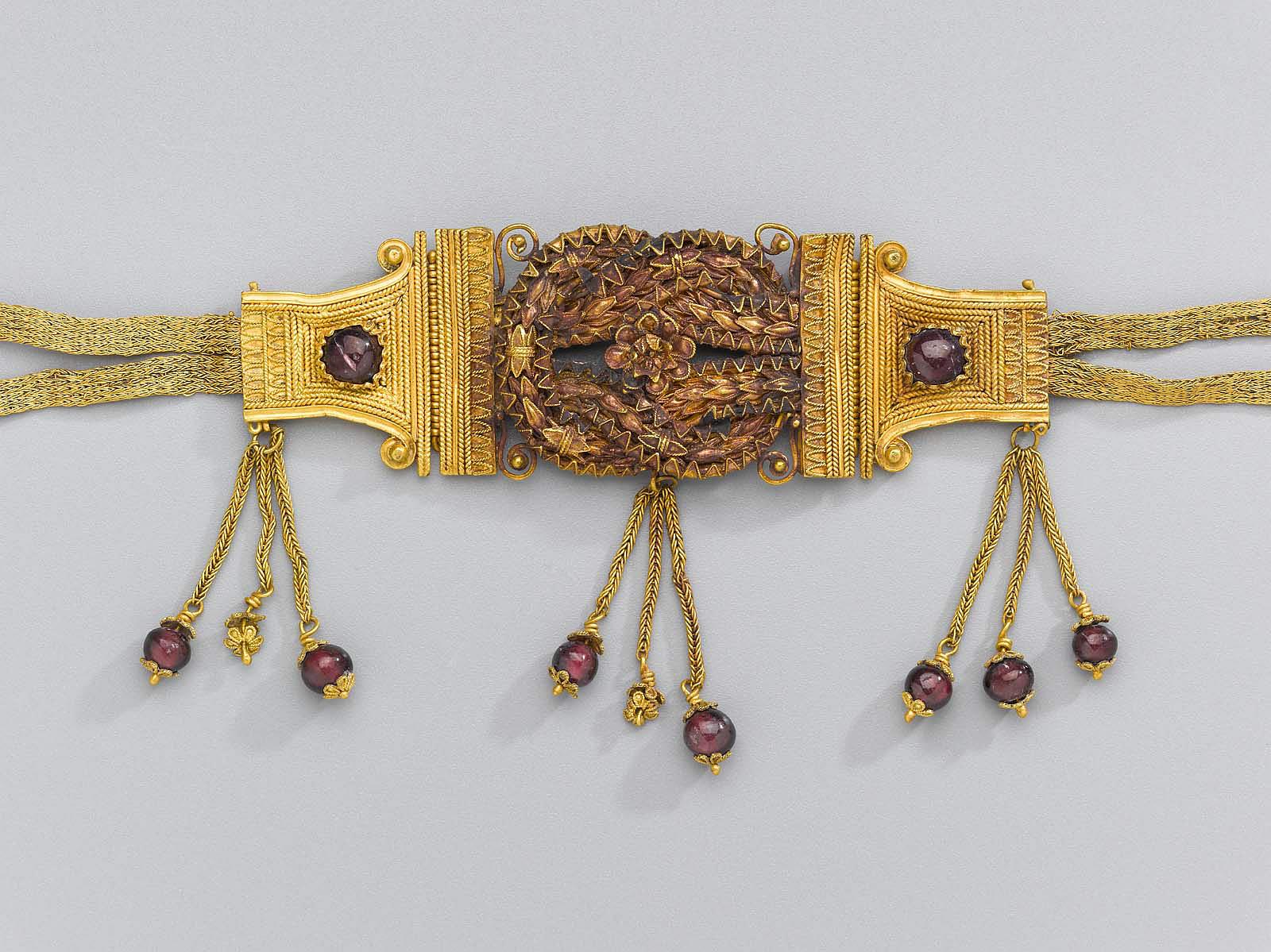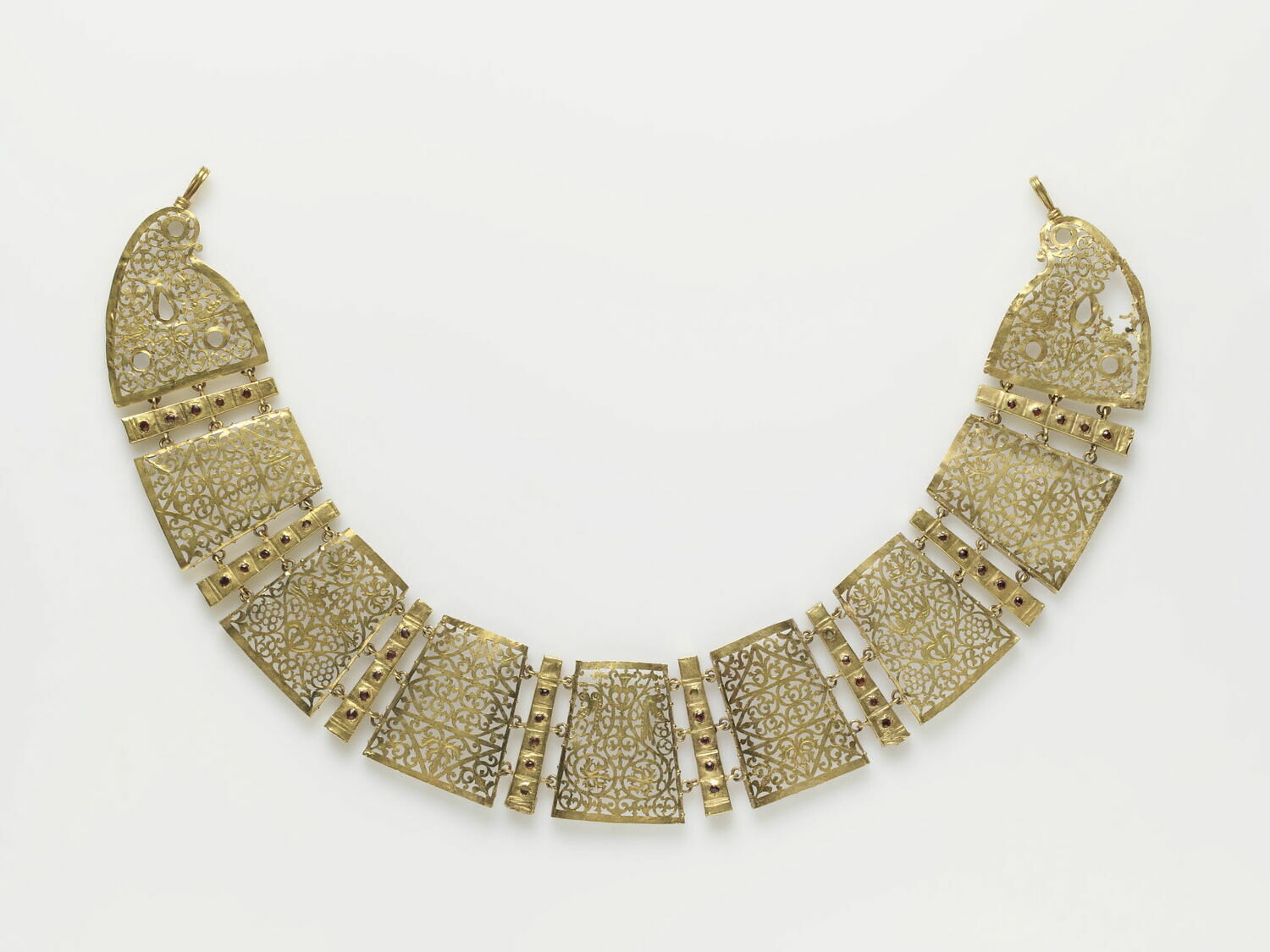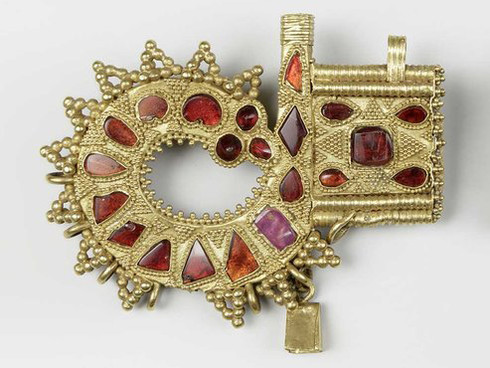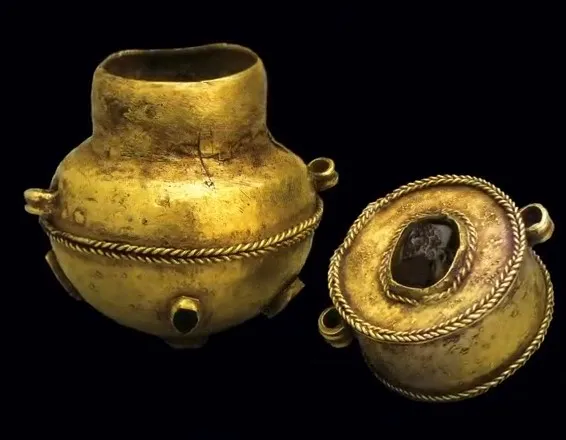“the myrtle wreath. Beginning from this last emblem, there is no doubt that it was meant to represent the corona nuptialis, the myrtle being notoriously the sacred plant of Venus/ Aphrodite. I believe, in fact, that the girl was buried in her full bridal costume, and then covered with the white shroud.” source
corona nuptialis = the bridal wreath
The Corona Nuptialis is a bridal wreath or crown worn by both the bride and groom, made of flowers picked by the bride. The bride wore her crown under her flammeum, an enveloping deep yellow bridal veil which left her face uncovered. (The deep yellow color of the flammeum mimicked the flame of a candle). source
The myrtle-tree and myrrh-bush were sacred to Aphrodite, because her beloved Adonis was born from his metamorphosed form of his mother Myrrha or Smyrna – a myrtle-tree or myrrh-bush
Sacred to : Aphrodite (brides wore myrtle-garlands and bathed in myrtle-scented water on their wedding day)
It was behind a myrtle that she hid her nakedness when she rose from the sea at Paphos.
The myrtle symbolizes beauty and youth because of its evergreen leaves, beautiful and elegant flowers and pleasant perfume. Myrtle branches were commonly used to decorate temples and sanctuaries. It is, perhaps, because of its beauty and association with Aphrodite that, in traditional weddings, the myrtle is used for making wedding wreaths <https://www.earthstoriez.com/cyprus-treelore-trees-associated-with-aphrodite-on-cyprus/>
WREATH – ITS USE AND MEANING IN ANCIENT VISUAL CULTURE https://www.researchgate.net/publication/303372291_WREATH_-_ITS_USE_AND_MEANING_IN_ANCIENT_VISUAL_CULTURE
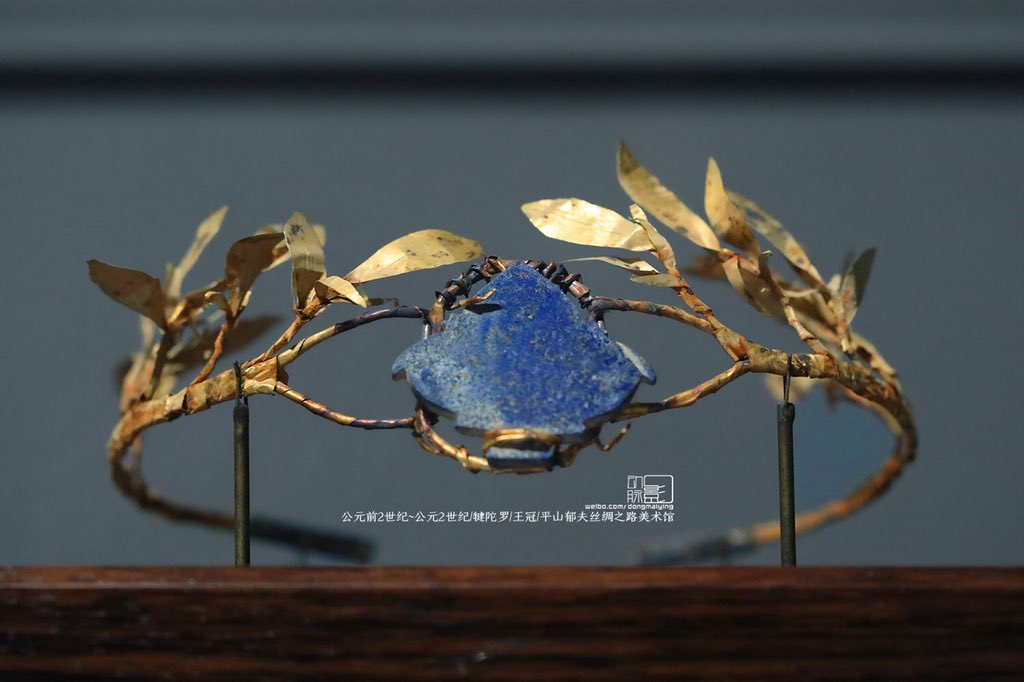


https://hosyn.wordpress.com/2010/11/15/cairo-museum-egypt/#jp-carousel-285

https://www.liveinternet.ru/community/camelot_club/post351683852/

Gold wreath with three medallions, gemstones are missing.
Syria, dated to 175 – 225 CE
Height: 4.4 cm;
Length: 62.2 cm
In Louvre, Catalog number: Bj 2236
https://collections.louvre.fr

https://portal.sds.ox.ac.uk

с индикацией с аверса сестерция
Антонина Пия, 140–144 гг. н.э. (КИКЗ)
http://phanagoria.info/upload/iblock/d7c/Gold_web.pdf

Provenance: Kerch region, Crimea
https://www.photo.rmn.fr/archive/10-528049-2C6NU0Y6KN1H.html

Found: Panticapaeum. Crimea, the environs of Kerch
Wreath with Celery Leaves and Relief: Head of Medusa
https://www.hermitagemuseum.org

End of 7th century BCE.
PLACE OF DISCOVERY Camiros
Silver, electrum. Width: 19.5 cm
Paris, Louvre museum


Greek, South Italian or Etruscan
https://www.metmuseum.org

диадема; VIII–VII вв. до н. э.; Длина 63,0 см
Золото, халцедон (сардоникс)
It is assumed to be of Urartian or Syrian origin and subsequent re-work by the Scythians
Северное Причерноморье, Приднепровье, Мельгуновский (Литой) курган. Раскопки А. П. Мельгунова в 1763 г.
Инв. № Дн.1763-1/18 (Hermitage)
Alekseev A. Yu. The Gold of the Scythian Kings. St. Petersburg, 2012

https://www.photo.rmn.fr/archive/09-512131-2C6NU099R1KU.html

Segmented Necklace (?) made of 7 square and 6 rectangular plates with emeralds, sapphires and pearls.
Length: 28 cm
Catalog number: Bj 2268
https://collections.louvre.fr/ark:/53355/cl010256503
© RMN-Grand Palais (Louvre museum) / Maurice and Pierre Chuzeville
“Collar elements: plates”, but this could be a diadem also. (see below similar diadem from Constantinople)
4th century, Syria
8 square and 2 trapezoidal plates are decorated with emeralds and sapphires, except one all pearls are missing.
Length: 35 cm; Height: 2.5 cm; Weight: 62.38 g
In Louvre, Catalog number: Bj 2269 https://collections.louvre.fr/ark:/53355/cl010256504

gold, amethyst, emeralds
MEASUREMENTS 31.1 x 2.86 x 0.9 cm
https://art.thewalters.org AN 57.549
“Byzantine craftsmen revived the Hellenistic tradition of incorporating multicolored gemstones in jewelry, which was not common during the Roman imperial period. The ten sections of this openwork diadem were each adorned with a central gem and pearls, now missing. The diadem was sewn onto a headband of leather or cloth with holes so wearers could adjust the size. Similar pieces were also worn as neckbands. This example would most likely have been worn by members of the imperial family as its amethysts evoke the imperial color purple.”

http://colorsandstones.eu/2022/08/05/necklace-diadem-byzantine/

Gold, mother-of-pearl, feldspar, blue glass, and green aquamarine
https://www.imj.org.il/en/collections/395658


A few less ” kernoi “? Questioning the authenticity of a gold “diadem”
Christina Mitsopoulou https://journals.openedition.org/kernos/2493
This article concerns the iconographic, archaeological and historical reevaluation of a pair of gold bands (“diadems”) from the Helen and Antony Stathatos Collection of the National Archaeological Museum of Athens









